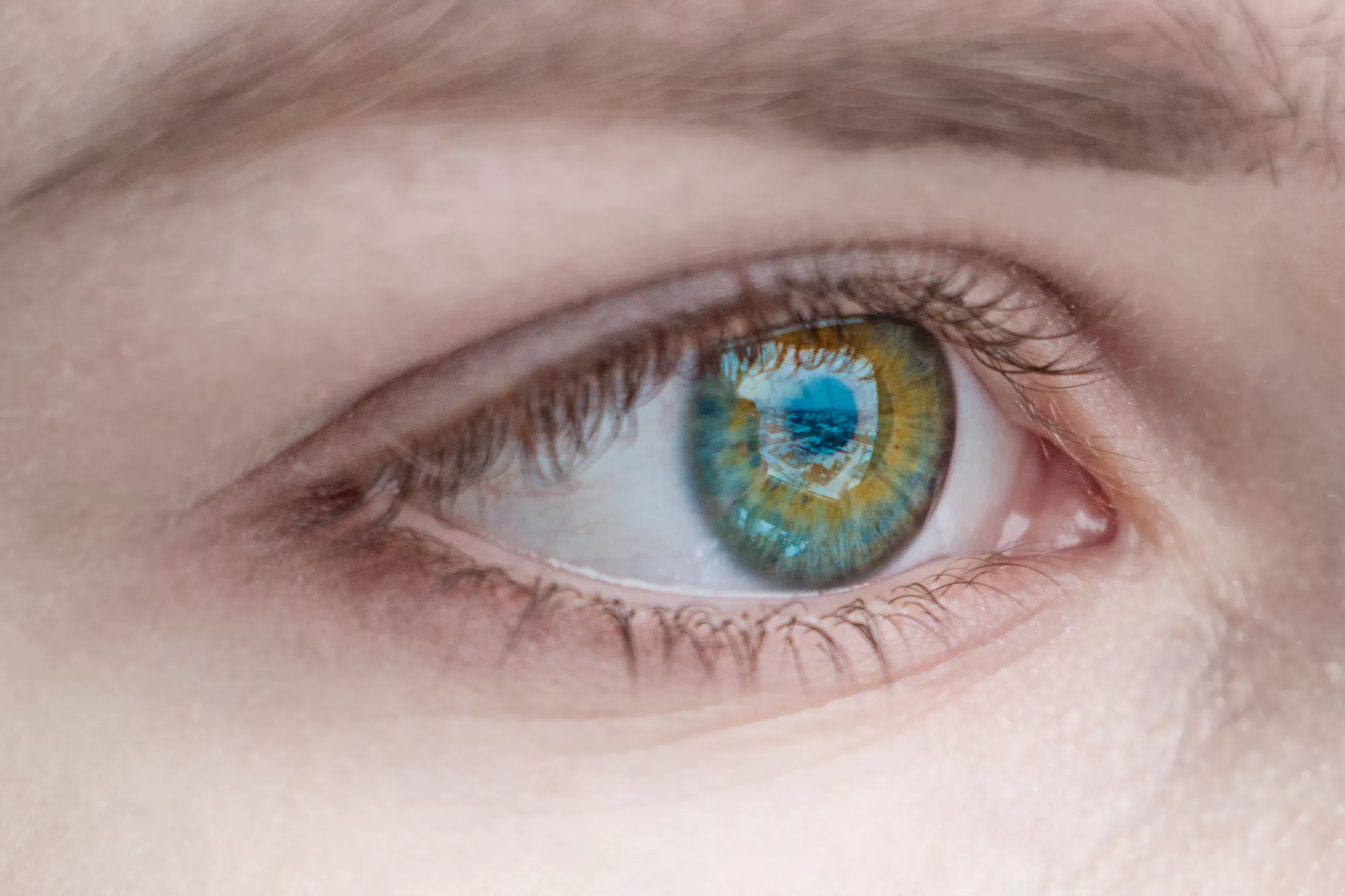Unraveling the Trochlear Nerve
Introduction
In the intricate realm of ocular anatomy, the trochlear nerve stands as a relatively lesser-known yet vital component governing our visual prowess. Amidst the complex network of cranial nerves, the trochlear nerve, or CN IV, emerges as a delicate thread connecting the brainstem to the intricate machinery of eye movement. In this thorough exploration, we embark on a journey to unravel the mysteries surrounding the trochlear nerve, shedding light on its anatomy, functional intricacies, associated disorders, and therapeutic interventions.
Anatomy of the Trochlear Nerve
Nestled within the confines of the brainstem, the trochlear nerve springs forth from the dorsal aspect of the midbrain, making it the only cranial nerve to emerge from the posterior aspect. Its fibers embark on a distinctive journey, crossing over within the brainstem before emerging from the skull via the superior orbital fissure. This unique anatomical trajectory lays the foundation for the trochlear nerve’s specialized role in orchestrating the nuanced movements of the eye.
Functionality and Ocular Movement
At the helm of ocular motion lies the trochlear nerve’s intricate dance with the superior oblique muscle, one of the six cardinal extraocular muscles. Through its meticulous innervation of the superior oblique, the trochlear nerve orchestrates a symphony of movements, including intorsion (inward rotation), depression (downward movement), and abduction (outward gaze). This harmonious collaboration ensures the precise alignment of visual axes, facilitating binocular vision and depth perception.
Clinical Implications and Disorders
Despite its diminutive stature, the trochlear nerve wields considerable influence, making its dysfunction a matter of clinical significance. Trochlear nerve palsy, often resulting from trauma, vascular insults, or compressive lesions, manifests as a constellation of symptoms, including vertical or oblique diplopia exacerbated by downward or inward gaze. Differential diagnosis necessitates a meticulous evaluation, encompassing thorough ophthalmological assessment, neuroimaging studies, and electrophysiological testing to elucidate the underlying etiology.
Treatment and Management
Navigating the labyrinth of trochlear nerve disorders necessitates a multifaceted approach tailored to address the underlying pathology and mitigate symptomatic burden. Conservative measures, such as patching the affected eye or employing prism lenses to alleviate diplopia, serve as initial interventions. In refractory cases or when structural aberrations demand intervention, surgical modalities, including strabismus correction or decompressive procedures, may be warranted. Complementary strategies, encompassing physical therapy and vision rehabilitation, play a pivotal role in restoring ocular alignment and optimizing visual function.
Conclusion
In the tapestry of ocular anatomy, the trochlear nerve emerges as a nuanced conductor, orchestrating the intricate ballet of ocular movement with precision and finesse. By unraveling the complexities surrounding the trochlear nerve and its clinical ramifications, we empower clinicians and individuals alike to navigate the terrain of ocular health with clarity and confidence. Through a holistic understanding of the trochlear nerve’s anatomy, function, and clinical perturbations, we embark on a journey towards preserving visual acuity and enhancing quality of life.
World Eye Care Foundation’s eyecare.live brings you the latest information from various industry sources and experts in eye health and vision care. Please consult with your eye care provider for more general information and specific eye conditions. We do not provide any medical advice, suggestions or recommendations in any health conditions.
Commonly Asked Questions
The trochlear nerve originates from the mesencephalon during embryonic development, specifically from the tectum of the midbrain.
Unlike most cranial nerves that emerge from the ventral aspect, the trochlear nerve exits from the dorsal aspect of the brainstem, traversing a unique pathway through the superior orbital fissure.
The superior oblique muscle primarily facilitates downward, outward, and inward movements of the eye, crucial for vertical and rotational gaze.
Trochlear nerve palsy can result from various causes, including trauma, vascular issues, tumors, or inflammation, but spontaneous occurrences are also documented.
Diagnosis of trochlear nerve palsy involves a comprehensive ophthalmologic examination, including assessment of eye movements, diplopia testing, and neuroimaging studies such as MRI or CT scans.
Yes, congenital anomalies or developmental abnormalities may lead to trochlear nerve dysfunction, highlighting the importance of early detection and intervention in pediatric patients.
Trochlear nerve palsy commonly affects one eye unilaterally, but bilateral involvement, though rare, can occur and presents unique challenges in management and rehabilitation.
Treatment options for trochlear nerve disorders range from conservative measures such as patching and prism lenses to surgical interventions like strabismus correction or nerve decompression, tailored to the underlying etiology and severity of symptoms.
Trochlear nerve dysfunction, particularly when causing double vision or restricted eye movement, can significantly impair activities such as reading, driving, and navigating spatial environments, underscoring the importance of timely intervention.
Yes, ongoing research endeavors seek to elucidate the molecular mechanisms underlying trochlear nerve function and dysfunction, paving the way for innovative therapeutic strategies and improved outcomes for affected individuals.
news via inbox
Subscribe here to get latest updates !







